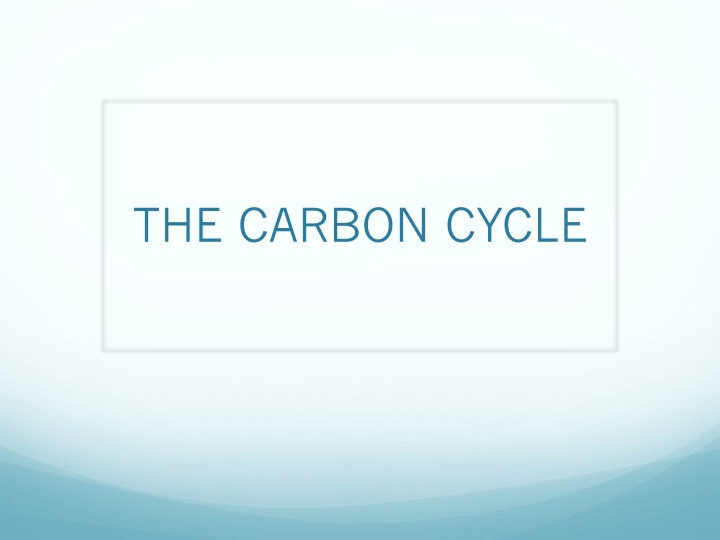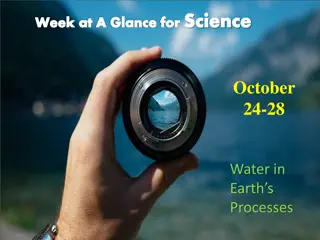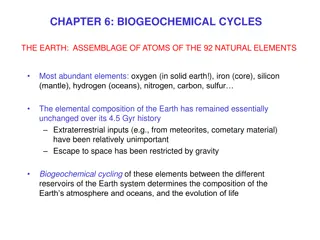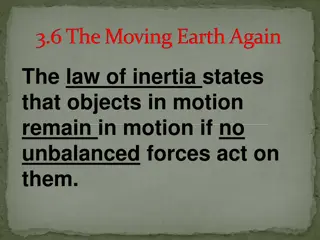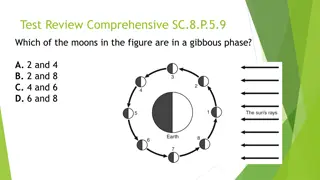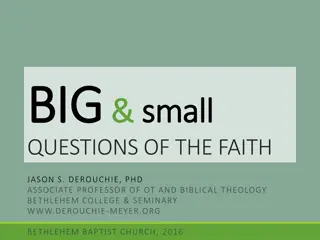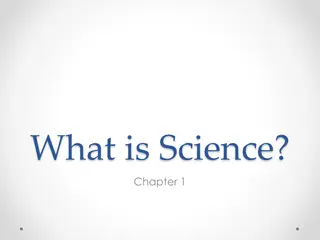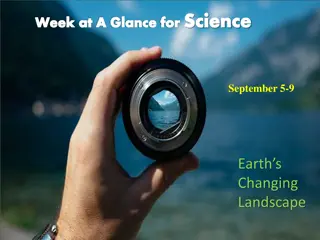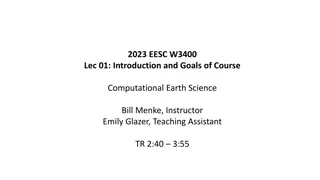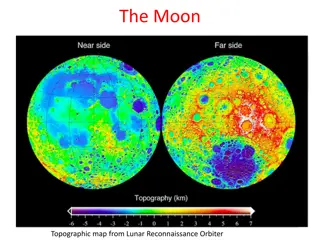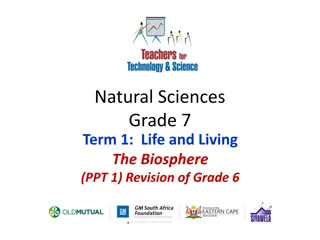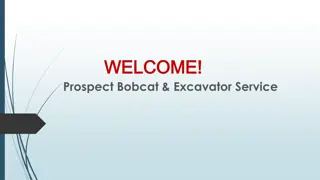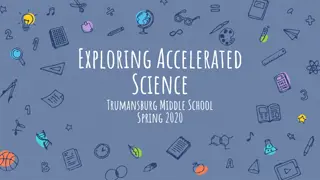Welcome to Earth Science at Enfield High School
Ms. Boucher welcomes you to Enfield High School and the exciting world of Earth Science. The course will cover Geology, Meteorology, Astronomy, and Oceanography. Students will read about an Earth Scientist over the summer and create a PowerPoint presentation. Additional activities and assignments are designed to prepare students for the upcoming school year.
Download Presentation

Please find below an Image/Link to download the presentation.
The content on the website is provided AS IS for your information and personal use only. It may not be sold, licensed, or shared on other websites without obtaining consent from the author.If you encounter any issues during the download, it is possible that the publisher has removed the file from their server.
You are allowed to download the files provided on this website for personal or commercial use, subject to the condition that they are used lawfully. All files are the property of their respective owners.
The content on the website is provided AS IS for your information and personal use only. It may not be sold, licensed, or shared on other websites without obtaining consent from the author.
E N D
Presentation Transcript
What Is Carbon? An element The basis of life on earth Present in rocks, oceans and atmosphere
Carbon Cycle Carbon is cycled between the earth and the atmosphere
Plants Use Carbon Dioxide Plants pull carbon dioxide (CO2) from the atmosphere and use it to make food The carbon becomes part of the plant (stored food)
Animals Eat Plants When organisms consume plants, they take in the carbon and some of it becomes part of their own bodies.
Decomposition of Plants and Animals When plants and animals die, most of their bodies are decomposed and carbon atoms are returned to the atmosphere. Some are not decomposed fully and end up in deposits underground as fossil fuels (oil, coal, etc.).
Carbon Slowly Returns to Atmosphere Carbon found in rocks and underground deposits is released very slowly into the atmosphere The result is that carbon on earth is found in some active pools and some relatively inactive pools, depending on the rate at which it cycles in and out.
Carbon in Oceans Carbon is also stored in the ocean. Carbon is found in the form of calcium carbonate in the shell of aquatic species. When animals die, carbon substances are deposited at the bottom of oceans. Oceans contain earth s largest reservoir of carbon.
Human Impact The release of carbon in fossil fuels is very slow Burning releases additional carbon into atmosphere especially fossil fuels Recall the Greenhouse Effect in which greenhouse gases in Earth s atmosphere trap heat from the sun Increased carbon dioxide in atmosphere can increase global warming because CO2is a greenhouse gas Fewer plants mean less CO2removed from atmosphere
